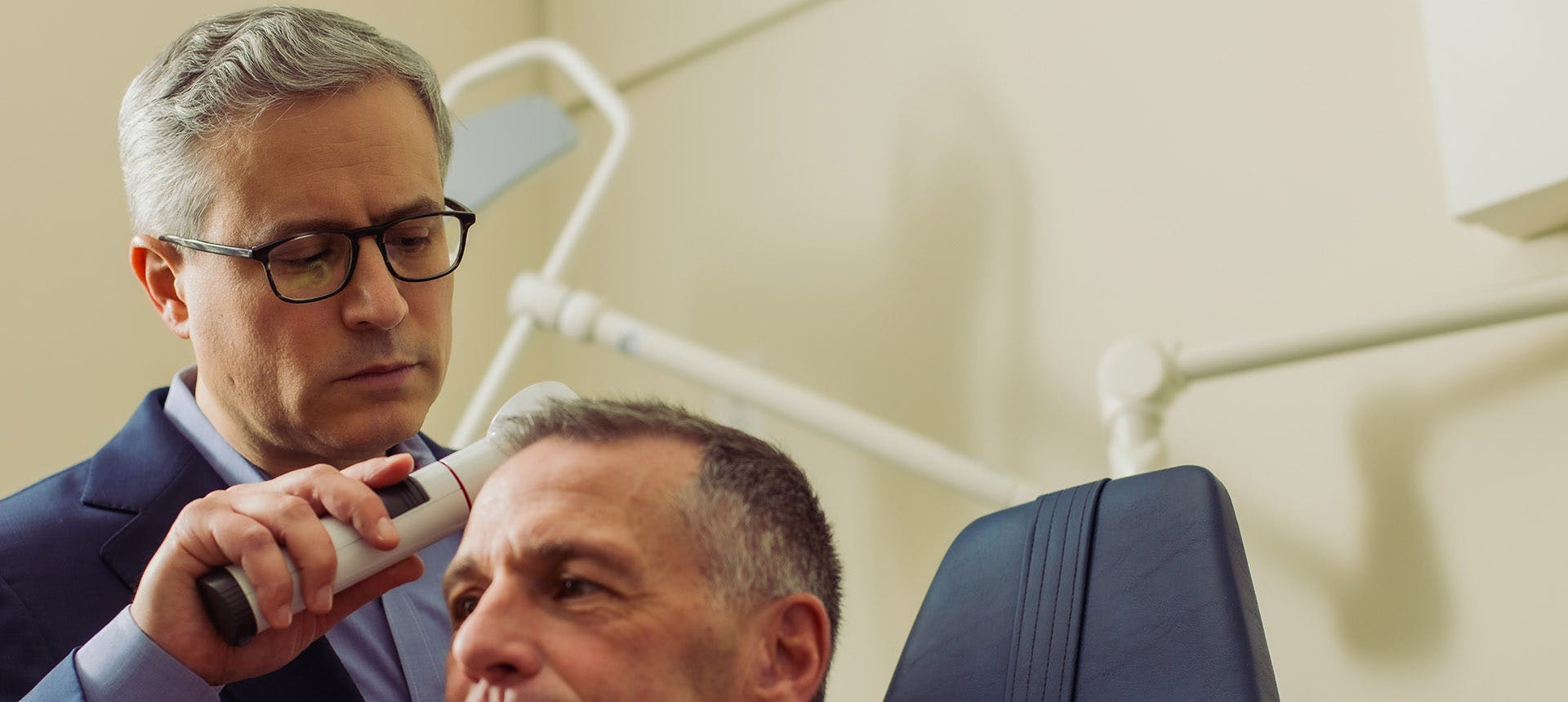Gorgeous, shiny, healthy hair is what we all want. It’s society’s idea of what is beautiful, but what happens when you start to notice that you are shedding significant amounts of hair?
Is It Hair Shedding or Hair Loss?
The good news is that hair shedding typically stops on its own. When your body consistently sheds more than 150 strands of hair a day, you might have excessive shedding, also known as telogen effluvium.
Excessive hair shedding is a common problem for men or women who might have experienced the following triggers:
- Lost a considerable amount of weight – 20 or more pounds
- Experienced a high fever
- Recently had an operation
- Given birth
- Has a nutritional deficiency
- Manages a lot of personal stress (loss of a loved one, divorce, sick family member, etc.)
- Recovering from an illness
- Stopped taking birth control pills




